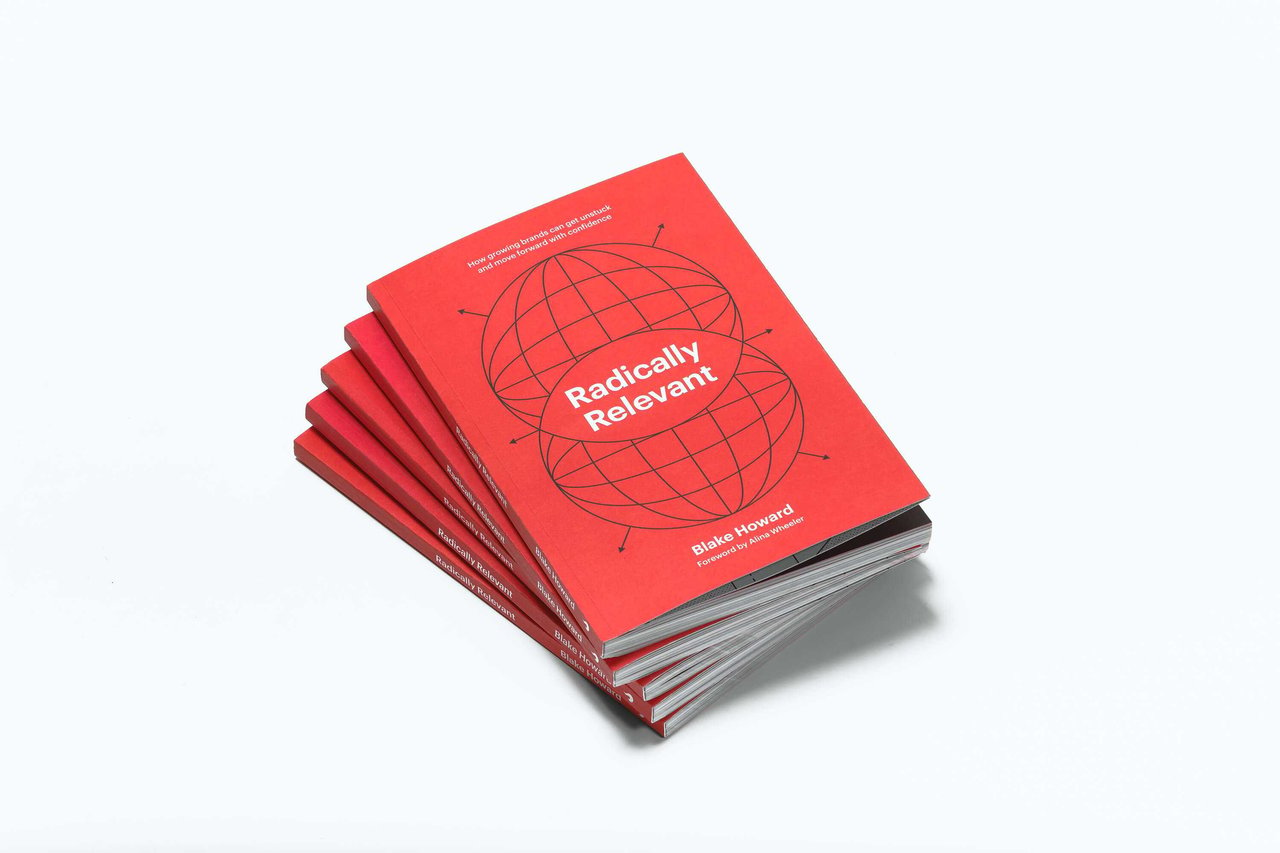
Effective employer branding is known to lower recruitment costs and improve the quality of hires.
By clearly articulating what makes the company a unique and valuable place to work, a compelling Employee Value Proposition (EVP) exists as a core element of an employer brand.Powerful EVPs are...
- Aligned with corporate goals
- Differentiated from competitors
Building a powerful EVP takes time and expertise. You want all your employer branding work to have a valid return, and you want it to last.
Building an EVP and the surrounding employer brand will require HR leaders to:
- Identify the right problem
- Build buy-in
- Maintain energy for the result
- Manage the process
- Champion the execution
Parts of an Employee Value Proposition (EVP)
The Summary
- Key Ideas: Concisely written, authentic, differentiated, catchy
- Determining Factors: Employee research, company brand alignment
The Promises
- Key Ideas: Aligned to key employee questions, genuine
- Determining Factors: Employee research, operationally deliverable
The Values
- Key Ideas: Aligned to needs, genuine, memorable language
- Determining Factors: Truly core to company culture and embraced at the highest levels
The Mission
- Key Ideas: Big job your company is doing, outcome of success
- Determining Factors: Matches the product/service outcomes your company exists to deliver
The Vision
- Key Ideas: Long term, inspiring
- Determining Factors: Tied to overall company value proposition
Translating the EVP to making a difference…
Supporting the Employee Value Proposition (EVP) typically involves having clear and competitive answers to these employee value questions.
- Is my compensation competitive?
- Do the benefits meet my needs?
- Is there a career development path for me?
- Can I be productive in the work environment?
- Do I align with the company culture?
- Will my efforts be recognized?
Where does your EVP live?
A critical step in any employer brand project is assuring alignment and control of brand values, visuals, and verbals. That will often include:
- Employee Handbooks
- Company Websites and Career Pages
- Onboarding Materials
- Internal Communication Channels
- Company Meetings
- Recruitment Events and Job Fairs
- Social Media and Digital Marketing
- Performance and Review Discussions
Do these communication points leave new hires and employees with a powerful vision for what you do and how they benefit from joining in the effort?
In conclusion
A strong employer brand lowers recruiting costs and improves hire quality by building a clear, authentic Employee Value Proposition (EVP). A great EVP aligns with company goals, differentiates from competitors, and answers key employee needs, showing up consistently across internal and external communications. Most importantly, remember that a little heart in your EVP goes a long way.
It’s time to take action.
- Put your company value proposition and the EVP next to each other. Do they align and support each other?
- Explore ways to strengthen your EVP. Often brand consultants can provide broad guidance through webinars or intro calls.
- Conduct qualitative and quantitative brand and satisfaction research with a core sampling of employees.
- Gather together examples of everywhere your employer brand is communicated. Review and share with your employer brand team.
- Get a snapshot of your employer brand health with the radically relevant assessment.






